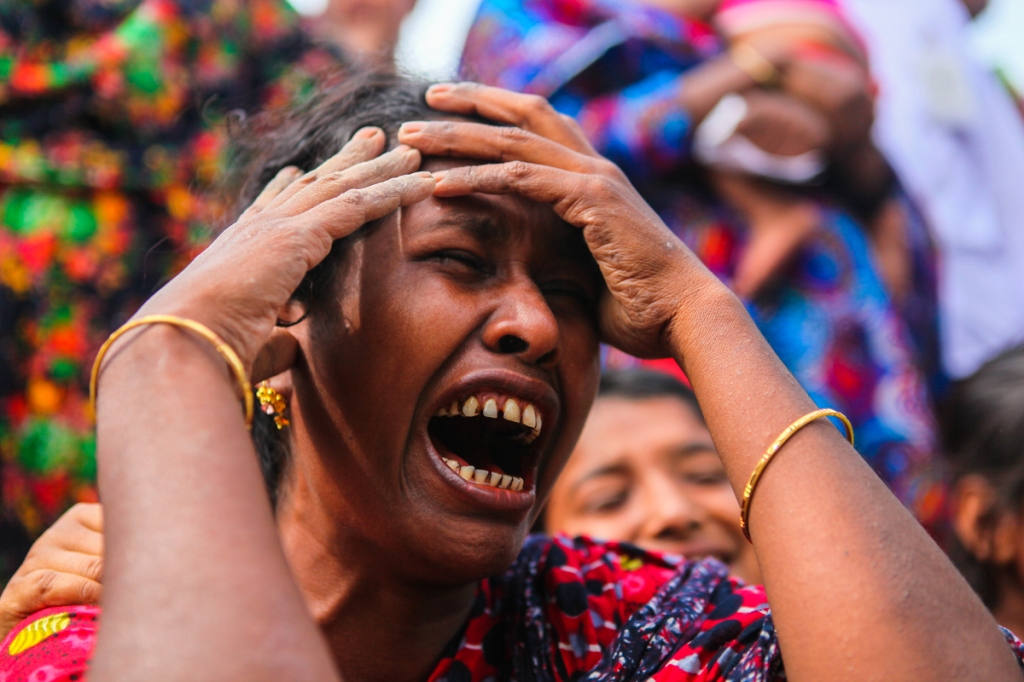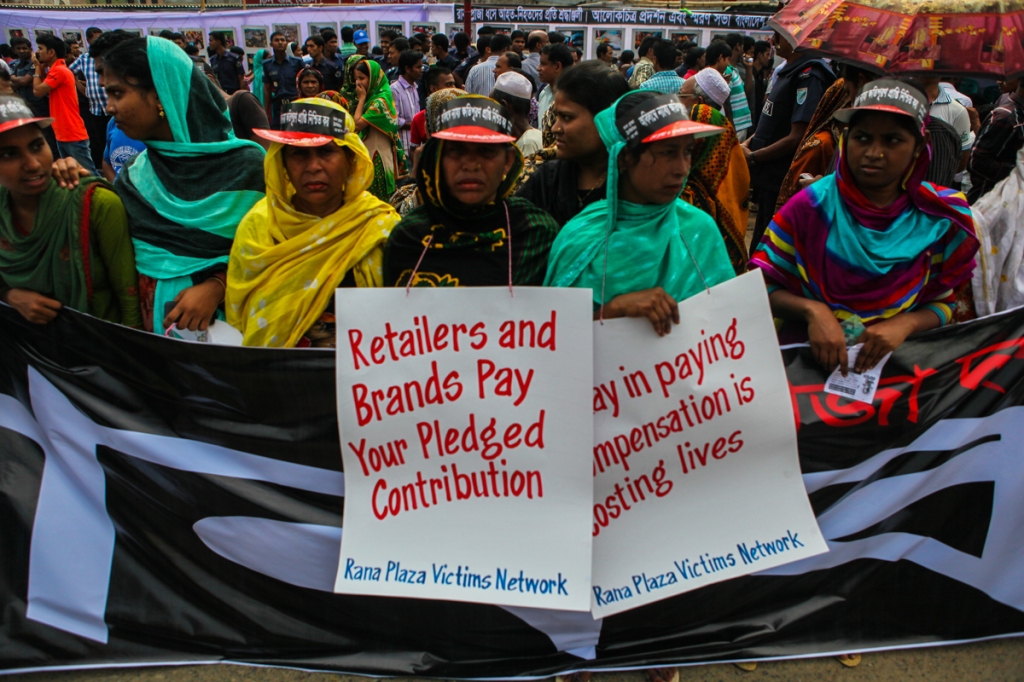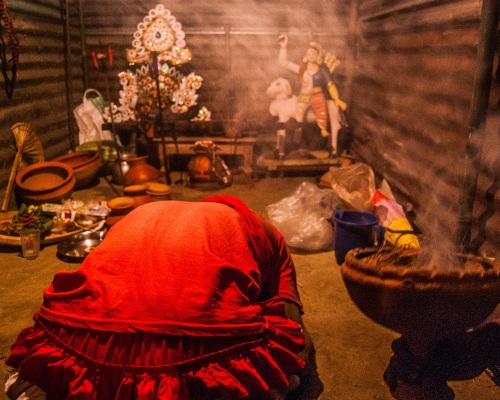24th April 2015 – The passage of two years since the tragic collapse of an eight-story commercial building named Rana Plaza in Savar near Dhaka, Bangladesh, which caused death to 1,134 people, injured 2,515 people and around 2,000 more are lost under the debris. At the very early morning all the family members of Rana Plaza victims have gathered at Rana Plaza. Such a hard time for them. They know everything have finished. Neither their lost belongings will come back nor some of them can get the missing dead bodies. Its been two years, 730 days. Most of the people still hope that there will be a miracle, one day they might find their missing family members who are lost under the debris. Some of them still fighting to get the over due, some have lost all the hope. Some of them demanding the execution of the owner of Rana Plaza, Mr. Rana. The unforgettable pain of mother, brother, sister, children, husband made the Rana Plaza gloomy. Some of the victim who have recovered a little bit also came there to remember their lost colleagues and friends.Mass people, garment workers, human rights organisations protested infront of Rana Plaza for the fatal disaster. After all of these when Farida Begum said, “Tora ki bujhbi amar buker jala” which means “Can you feel the pain inside my heart ?”, I felt that the world is too much brutal and unfair for some people.
Family members of Rana Plaza victims have gathered at Rana Plaza.
A women is crying in front of Rana Plaza as her daughter is died due to the collapse.
A man is holding the pictures of missing garment workers of Rana Plaza.
Dear God, don’t curse me. I want to get back my sons – Mohammad Razzaque.
Rana Plaza after two year.
Bones found at the debris of Rana Plaza.
A woman was hitting herself by brick on frustration as she haven’t got the dead body of her son.
Garment Workers are protesting in front of Rana Plaza.
Dad you told me mom is here, but I found only bricks. – Rehana
Oh god take me nor give my son. – Ayesha Begum
Protest by Rana Plaza Victims Network.
I don’t want to live anymore, why I’m alive, why ???
A boy with the photo of his parents who were died in the collapse of Rana Plaza.
A member of Bangladesh Garment Labor Association is protesting for the long overdue of Rana Plaza Victims in front of the debris of Rana Plaza collapse.
A mother is holding the debris of Rana Plaza. She didn’t get the dead body of his son. That’s the only way she can feel her son.
A survivor of Rana Plaza is remembering those breathtaking moments when he was stacked in the debris of Rana Plaza.
Farid gets emotional when she hugged one of his friends mother, who rescued him from the debris of Rana Plaza and then died under the collapse of Rana Plaza.
Farid got senseless as he remembered his friend who rescued him and got died.
Farid screaming in the medical bed after he got back his sense.
Oh God, why are you doing this ? My feelings are dead now. Take my hand and take me away nor tell my son to grab my hand. – Farida Akhter.


























































































